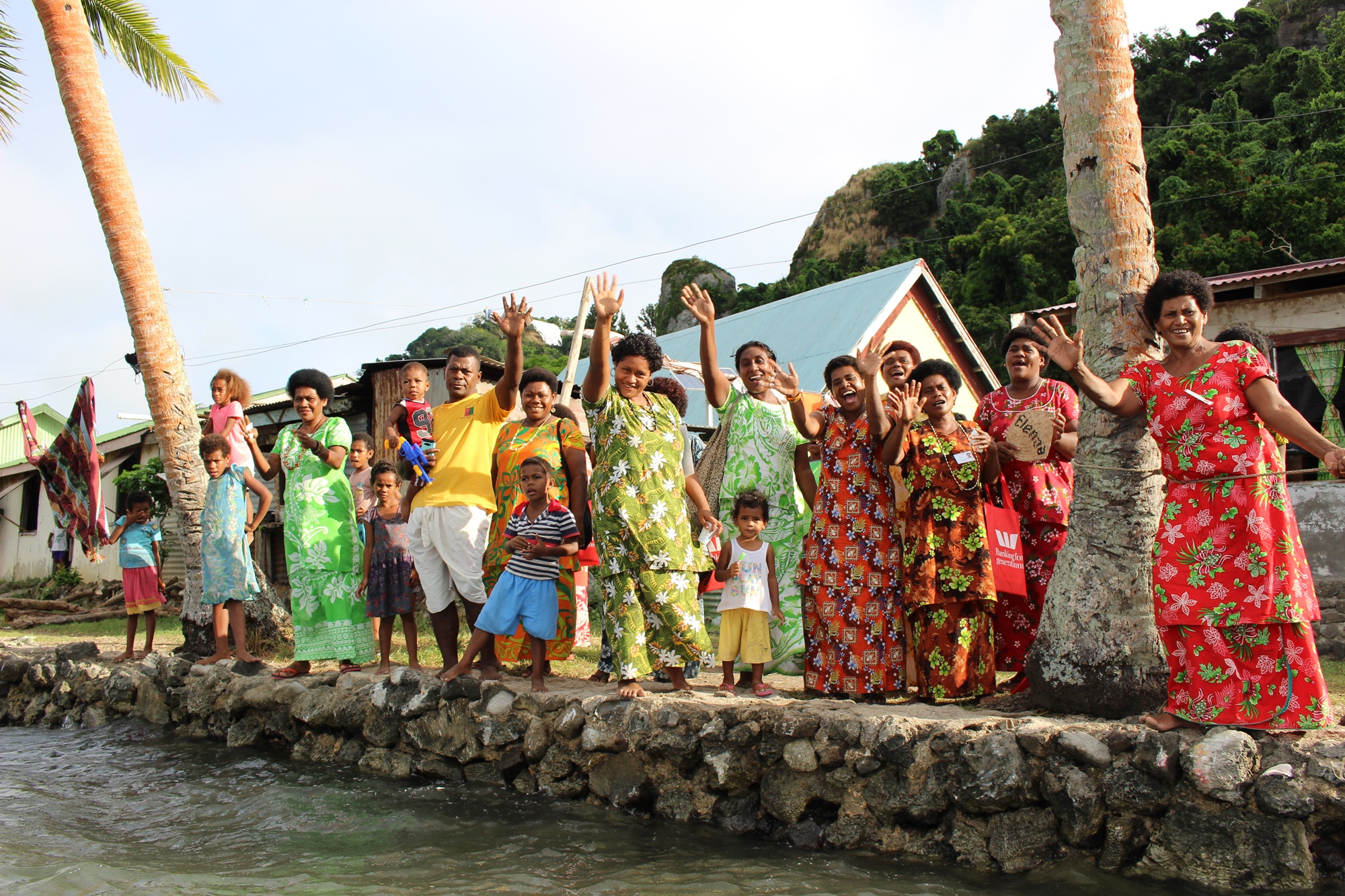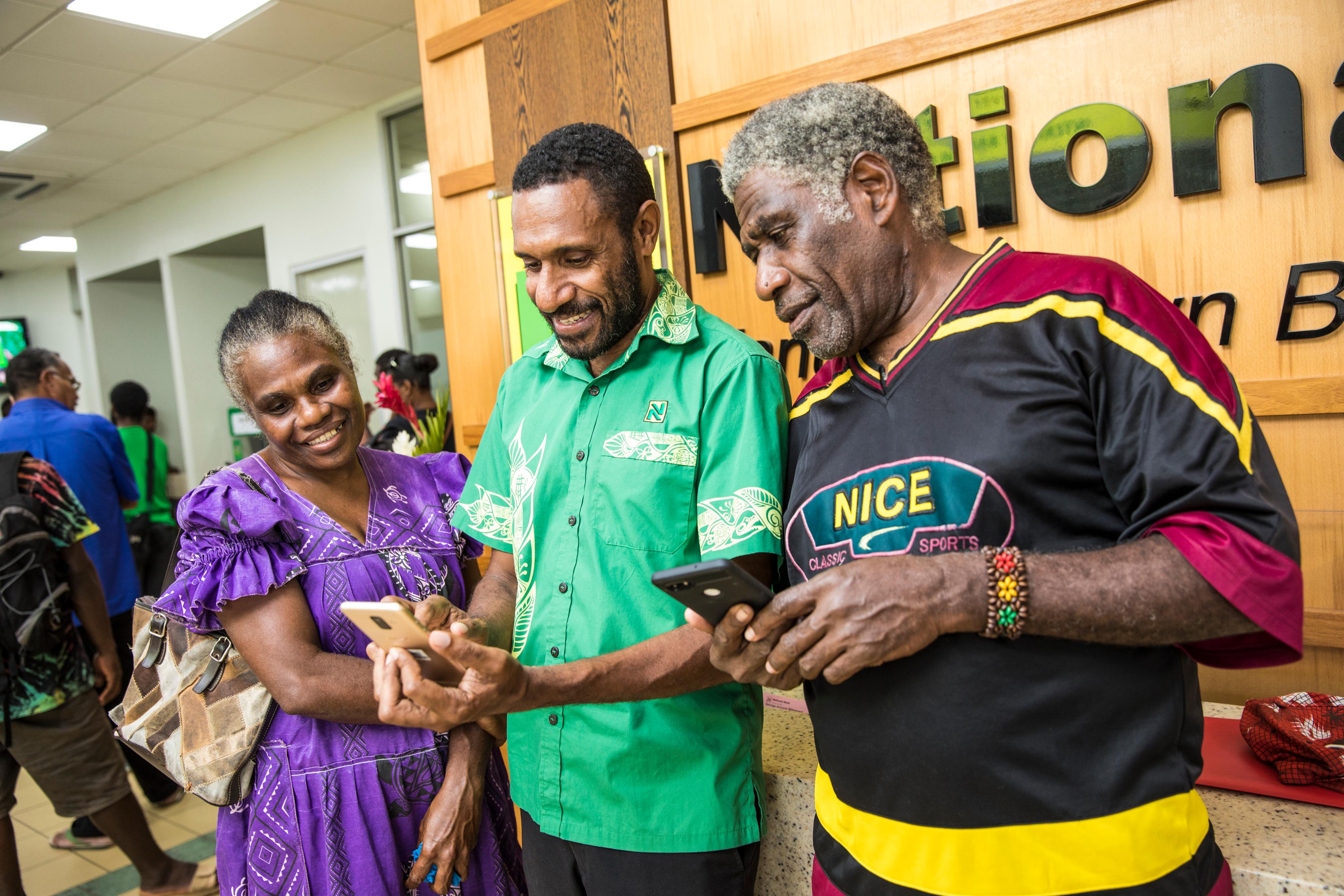What gender equality, data and SDGs have in common?
May 31, 2022

Continuing Market Business Education for Market Vendors training in Motoriki, Fiji, 25 April 2017
Imagine you are in the process of creating a delicious new recipe. The main ingredient is Gender Equality. Add a pinch of gender data gap and a nice handful of Sustainable Development Goals (SDGs). Mix well and put everything in the Pacific Region bowl, then include some of the world’s most remote countries and an entrenched Patriarchal culture. This is the recipe from UNDP Pacific Office in Fiji to support a gender-sensitive SDGs Monitoring and Reporting.
In committing to the realization of the 2030 Agenda for Sustainable Development, member states recognized that the dignity of the individual is fundamental and that the Agenda’s Goals and targets should be met for all nations and people and for all segments of society. Ensuring that these commitments are translated into effective action requires a precise understanding of target populations. However, the disaggregated data needed to address women, youth and vulnerable groups – including children, persons with disabilities, people living with HIV, older persons, indigenous peoples, refugees, internally displaced people and migrants – are sparse. Gaps in gender data make it difficult to monitor progress for women and girls. Not only women, girls and vulnerable groups are left behind, but they risk being pushed further behind by a variety of forces, including the COVID-19 pandemic and the negative impacts of climate change and other forms of environmental degradation.
The UNDP Pacific Office supports Pacific Island Countries (PICs) in SDGs Monitoring and Reporting through institutional strengthening for SDGs mainstreaming and the development of gender-sensitive monitoring frameworks. The 17 SDGs are integrated - that is, they recognize that action in one area will affect outcomes in others. Working closely with national governments, UNDP supports the mainstreaming of the SDGs into National Sustainable Development Strategies and strengthening monitoring and evaluation (M&E) frameworks of National Sustainable Development Strategies. Through capacity-building of the National Statistics Office and National Economic Planning Office, PICs are equipped to review and update the M&E frameworks through a structured process and to collect data from the identified sources to be able to monitor and report on the status of their progress towards National and Global Sustainable Development Goals on a consistent and regular basis. This includes disaggregated data by sex, age and geographic area.
Working closely with regional partners such as UN Department of Economic and Social Affairs (UNDESA), UN Economic and Social Commission for Asia and the Pacific (ESCAP), the Pacific Islands Forum (PIF) and the Pacific Community (SPC), UNDP conducted training workshops for the 2019 Voluntary National Review (VNR) reporting countries in Fiji, Nauru, Palau, Tonga and Vanuatu, on the VNR formulation process, as well as facilitation of South-South knowledge exchange, drawing from the experiences of PICs such as Samoa and Kiribati that have already reported at the High-Level Political Forum on Sustainable Development. UNDP in partnership with UNESCAP and SPC provided similar support to the Federated States of Micronesia and Solomon Islands for their presentation during the High Level Political Forum in 2021.

UNDP-UNCDF Pacific Financial Inclusion Programme, Vanuatu
In order to support PICs in the VNR process, UNDP focuses on the following areas: initial review of the National Development Plan; gender-sensitive analysis of the level of integration of the SDGs, targets and indicators in the National Development Plan; comprehensive assessment of available sex, age and geographic area data to monitor the national development performance; broad-based inclusive stakeholder consultations designed to ensure local ownership for the VNR process as well as the identification of measures needed to increase stakeholder engagement in future planning, implementation and monitoring of national development; preparation of the report with key messages and a short documentary video.
What is not visible will not be measured, and what is not measured will not be visible. To ensure visibility and accessibility to SDGs data collection, UNDP together with PIF and SPC produced and published SDGs data wheels for all Pacific Forum member countries, to support the Pacific regional development agencies with reporting on the Pacific Roadmap for Sustainable Development as well as Pacific Governments with national SDG reporting.
As gains in women’s rights remain fragile, it is essential to collect gender-sensitive data for improvement of services and programs with a gender-transformative approach. Timely and reliable estimates on violence against women and girls or gender-disaggregated data on the impact of climate change contribute to improve our understanding and help track progress. Through the pledge to Leave No One Behind, countries have committed to fast-track progress for those furthest behind first. That is why the SDGs are designed to bring the world to several life-changing ‘zeros’, including discrimination against women and girls. Data can drive political and public awareness, inform a more comprehensive and sustained response to reach Gender Equality globally, and monitor progress towards achieving the Sustainable Development Goals.
---

 Locations
Locations
